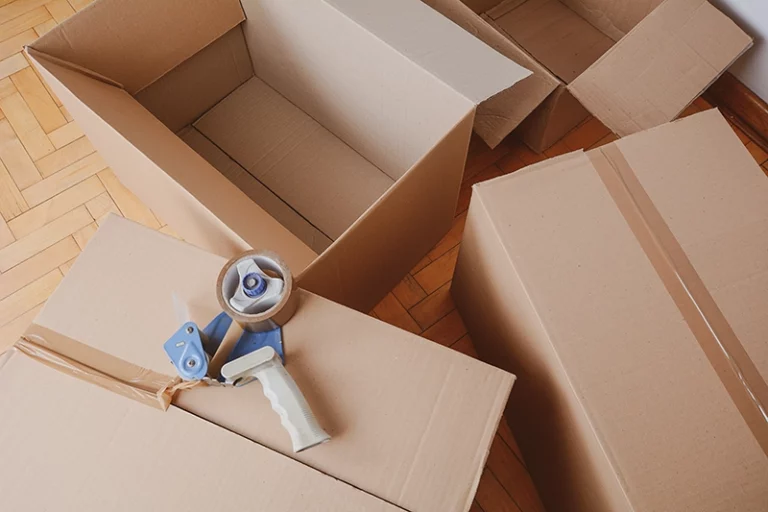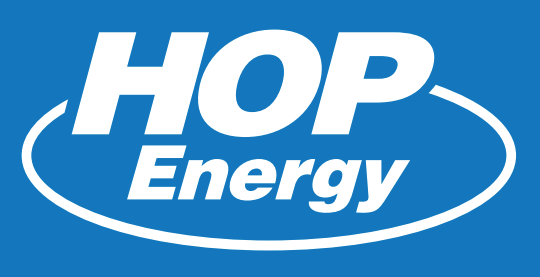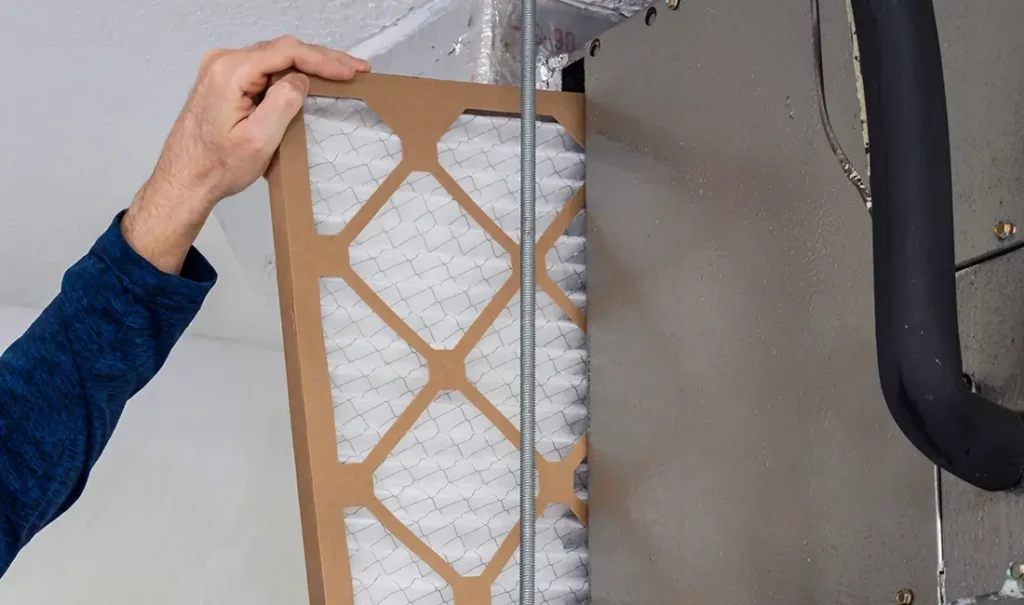Moving homes is often a mix of excitement and apprehension. It’s not just about packing boxes and hiring movers; it involves careful planning, especially when it comes to the comfort and cost-efficiency of your new living space. This guide aims to provide you with an all-encompassing approach to ensure a smooth transition, with a special focus on managing heating, air conditioning, and energy costs, which are crucial but often overlooked aspects of a move.
Table of Contents
Pre-Move Preparations
Getting Ready for the Big Move: Embarking on a new chapter in your life starts with meticulous preparation. This phase is all about laying the groundwork for a successful move. By budgeting carefully, choosing the right moving date, and deciding between a DIY move or hiring professionals, you set the stage for a seamless transition. Special emphasis should be placed on understanding and preparing for the heating and cooling needs of your new home, ensuring comfort from day one.
Two Months Before Move
Setting the Foundation: With two months to go, it’s time to dive into the details. Researching and comparing moving companies or rental options will help you find the best fit for your needs and budget. Decluttering not only simplifies the move but also gives you a fresh start in your new home. Establishing a detailed moving budget at this stage, including anticipated costs for heating and cooling, is crucial for avoiding unexpected expenses.
Research and compare moving companies or rental options.
Start the decluttering process.
Create a detailed moving budget, including potential costs for heating/cooling your new home.

Six Weeks Before Move
Gearing Up: As your move draws closer, begin gathering your packing supplies and start packing items you won’t need in the immediate future. This is also the ideal time to investigate the heating and air conditioning systems in your new home. Understanding their efficiency and maintenance history will help you plan for any necessary updates or services, ensuring a comfortable environment when you arrive.
Gather necessary packing supplies.
Begin packing non-essential items.
Investigate the heating and air conditioning systems in your new home to understand their efficiency and maintenance history.
One Month Before Move
Finalizing Details: A month before the move is the time to tie up loose ends. Inform your landlord or prepare your house for sale, start the process of changing your address, and ensure all school records are set to be transferred if necessary. Contacting utility companies to understand the energy costs and billing cycles in your new home will help you budget for future expenses and avoid surprises.
Notify your current landlord or prepare your home for sale.
Start the change of address process (postal service, banks, etc.).
Arrange for the transfer of school records, if applicable.
Contact utility companies to understand energy costs and billing cycles for your new home.
Two Weeks Before Move
Last-Minute Preparations: With just two weeks left, confirm your arrangements with the moving company or truck rental. Finish packing most of your belongings, keeping in mind the climatic conditions of your new location. This is also when you should schedule the disconnection and reconnection of utilities, including services related to heating and air conditioning, to ensure your new home is ready upon arrival.
Confirm arrangements with your moving company or truck rental.
Pack most of your belongings, keeping the weather and season in your new location in mind.
Schedule utility shut-offs at your current home and set up utilities at your new home, including heating and air conditioning services.
One Week Before Move
The Home Stretch: One week out, focus on completing your packing, leaving only the essentials unpacked. Assemble an essentials box for moving day, and confirm your travel plans. Take into account any weather-related issues that might impact your move, especially those that could affect the heating or air conditioning needs during transit.
Complete most of your packing, leaving out only essentials.
Prepare an essentials box for moving day.
Confirm your travel arrangements and prepare for potential weather-related issues, particularly if heating or air conditioning is a concern during your move.

Moving Day
The Big Day: On moving day, your primary role is to oversee the process, ensuring everything goes as planned. Conduct a thorough final walkthrough of your old home, making sure all systems, including heating and air conditioning, are properly shut off or adjusted. Keep all important documents handy, particularly those related to the utilities and systems of your new home.
- Supervise the movers or coordinate the move yourself.
- Conduct a final walkthrough of your old home, ensuring that the heating and air conditioning are turned off or set appropriately.
- Keep important documents and valuables, including contracts or warranties for your new home’s heating and air conditioning systems, with you.
Arrival at New Home
New Beginnings: Upon arriving at your new home, start by unpacking the essentials. Immediately check the heating and air conditioning units to ensure they are functional. Inspect all delivered items for damage and begin familiarizing yourself with the new home’s features, particularly the thermostat and any energy-saving elements.
- Start unpacking, focusing on essentials first.
- Check the condition of the heating and air conditioning units upon arrival.
- Inspect all delivered items for any damage.
- Familiarize yourself with the thermostat and any energy-saving features of your new home.
Post-Move
Settling In: After the move, update your address with important institutions and register for local services. This is also the time to schedule maintenance checks for your home’s heating and air conditioning systems, ensuring they are efficient and reliable. Explore energy-efficient upgrades and utility savings programs in your new community to maximize comfort and minimize costs.
Update your address with your employer, insurance companies, etc.
Register for new local services, including healthcare and vehicle registration if necessary.
Schedule a maintenance check for the heating and air conditioning systems to ensure they are functioning efficiently.
Explore options for energy-efficient upgrades or utility savings programs in your new community.
Ongoing
Maintaining Your New Home: In the months following your move, keep a close eye on your energy bills to establish a baseline for your home’s heating and cooling costs. Embrace energy-saving practices, like using programmable thermostats and updating insulation, to optimize your home’s efficiency and reduce expenses over time.
Monitor your energy bills in the first few months to establish a baseline for your heating and cooling costs.
Consider energy-saving practices to reduce costs, such as using programmable thermostats, sealing drafts, and updating insulation if necessary.
Regularly monitor your energy bills to understand your heating and cooling costs. Investigate energy-saving methods, such as smart thermostats or improved insulation, to make your new home more cost-effective and comfortable.
Summary
Moving is a significant life event, and with proper planning, it can be a smooth and exciting transition. By paying close attention to details, especially regarding your new home’s heating, air conditioning, and energy efficiency, you can ensure not just a successful move, but also a comfortable, cost-effective start in your new home.




